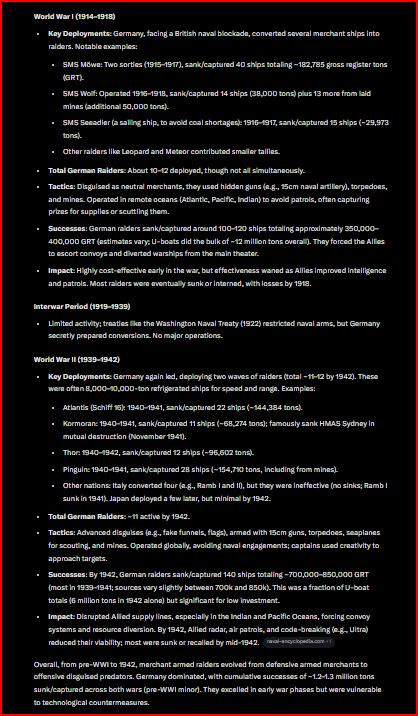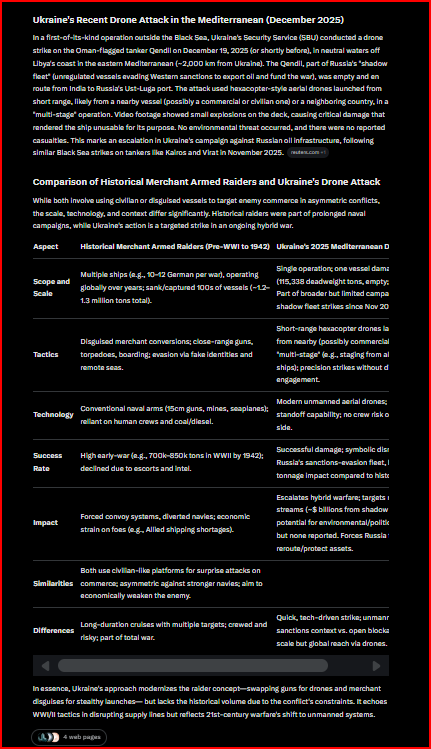This thread🧵will lay out the reasons I think the Russians blew the technological development necessary to deal with drone threats in Ukraine & elsewhere.
Like all really important problems, it starts with how badly you treat people...in this case, Russian engineers.👇
1/
Like all really important problems, it starts with how badly you treat people...in this case, Russian engineers.👇
1/
https://twitter.com/kamilkazani/status/1507820020356714501
Ukrainian media sources have noted a massive emigration of Russian STEM workers for at least 5-years.
There is a reason for this. Putin issued a decree stating that STEM workers were a "National Resource." AKA they could be taken as a state slave.
They took the hint.
2/
There is a reason for this. Putin issued a decree stating that STEM workers were a "National Resource." AKA they could be taken as a state slave.
They took the hint.
2/
The bill for this came due in 2018.
In January 2018 there were DIY armed drone attacks on the Russian Khmeimim airbase & the Tartus, Syria naval base.
The drones drew on existing radio controlled aircraft technology. They had diesel engines,
3/
In January 2018 there were DIY armed drone attacks on the Russian Khmeimim airbase & the Tartus, Syria naval base.
The drones drew on existing radio controlled aircraft technology. They had diesel engines,
3/

...wood, plastic and Styrofoam construction, global positioning system guidance & aerometer altitude sensors.
The larger of the two DIY drones carried up to ten bomblets and had an estimated range of 100 KM.
Drone bomblets made using mortar fuses, 3D printed fins
4/
The larger of the two DIY drones carried up to ten bomblets and had an estimated range of 100 KM.
Drone bomblets made using mortar fuses, 3D printed fins
4/

and fuse mounting bodies with lots of plastic tape in between to hold it all together!
It wasn't like this was a surprise.
Armed DIY drones were literally a in the air reality for a couple of years at that time thanks to ISIS.
5/
defensenews.com/digital-show-d…
It wasn't like this was a surprise.
Armed DIY drones were literally a in the air reality for a couple of years at that time thanks to ISIS.
5/
defensenews.com/digital-show-d…
Yet this 'surprise' cost Russia oh so much more than the pin pricks ISIS was inflicting on US Forces.
The pictured Russian Su-24 pictured cost an estimated $50 million. It had to be returned by freighter to Russia to be rebuilt.
6/
The pictured Russian Su-24 pictured cost an estimated $50 million. It had to be returned by freighter to Russia to be rebuilt.
6/

Media sources at the time placed the total damage at anywhere between three strike fighters to seven strike fighters & a Hind gunship.
Hinds were death on rotary wings in Syria.
medium.com/war-is-boring/…
7/
Hinds were death on rotary wings in Syria.
medium.com/war-is-boring/…
7/
Drones costing maybe $100,000 put between $50 million to $400 million in high tech aircraft out of action for months. There are a -lot- of implications in those numbers.
I wrote a blog post on that attack and 23 others between Jan & Aug 2018 here:
chicagoboyz.net/archives/57931…
8/
I wrote a blog post on that attack and 23 others between Jan & Aug 2018 here:
chicagoboyz.net/archives/57931…
8/
Low slow aircraft with precision munitions have been a b--ch of an air defense problem for decades.
The loss of the battleship Bismarck was due in part because the ship's AA fire controls couldn't engage a 100 kt aerial target.
9/
The loss of the battleship Bismarck was due in part because the ship's AA fire controls couldn't engage a 100 kt aerial target.
9/
https://twitter.com/ArmouredCarrier/status/1507642824384458752
And while Russia is in a nasty situation regards up to date IC ships. The real issue with the TOR and Pantshir-1 isn't chips. It is the software processing it's radar returns.
10/
10/
https://twitter.com/wayneborean/status/1508088875901673479
Soviet era electrical engineers wrote really tight tight code that maxed out their systems performance compared to Western code practices.
They had no choice and were well rewarded when they did.
They had no choice and were well rewarded when they did.
An electronically scanned radar has the ability to track a small, slow drone's doppler shift returns with the right software code using older IC chips, _IF_ you have the right engineering talent.
That talent left Putin's Russia.
Whatever Russia's corrupt military procurement system did in that time with the Pantshir-1 radar software.
It didn't involved anyone competent, assuming anything was done, other than someone stealing the money.
Whatever Russia's corrupt military procurement system did in that time with the Pantshir-1 radar software.
It didn't involved anyone competent, assuming anything was done, other than someone stealing the money.
• • •
Missing some Tweet in this thread? You can try to
force a refresh











